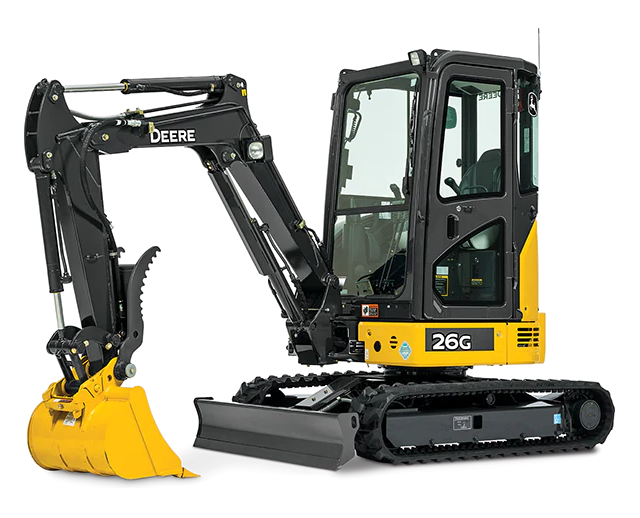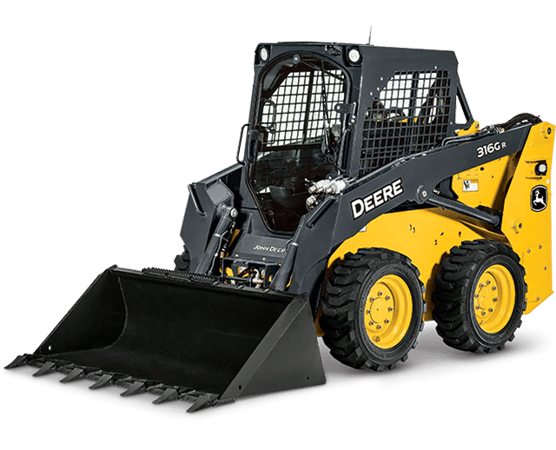Optimize Your Budget by Understanding the Expenses Connected With Building And Construction Devices Rentals
Understanding the full scope of expenses related to building and construction equipment leasings is crucial for maximizing your budget. While the preliminary rental cost might seem uncomplicated, numerous additional expenditures-- such as transport, fuel surcharges, and maintenance-- can promptly accumulate, affecting your monetary preparation. Being conscious of different costs and the ins and outs of rental contracts can assist stay clear of unanticipated economic concerns. What techniques can be employed to successfully handle these prices and make sure a more effective rental experience?
Introduction of Rental Prices
When thinking about building and construction devices rentals, recognizing the connected prices is paramount for effective budgeting and job preparation. Rental prices can vary dramatically based upon a number of aspects, consisting of tools kind, duration of service, and area. The first rental fee often reflects the equipment's market need and its linked operational capabilities, affecting the overall expense.
In addition to the base rental price, secondary prices may develop, such as transportation costs, fuel surcharges, and upkeep charges. It is important to make up these added expenditures to precisely assess the complete price of leasing equipment. In addition, the rental period can impact rates; longer rentals might get approved for reduced rates, while temporary rentals may sustain higher everyday costs.

Breakdown of Rental Prices
A detailed understanding of rental rates is important for service providers and project managers intending to maximize their spending plans. Rental prices for building and construction devices normally contain a number of elements, including base prices, time-based charges, and use charges.
Base rates are the core charges associated with the service of the devices, frequently determined by the type and dimension of the equipment. These rates can differ considerably, influenced by factors such as equipment need, accessibility, and regional market fads. Time-based fees, which may be daily, weekly, or monthly, serve to fit different task timelines and rental durations.
Additionally, rental rates might include usage fees, which apply when equipment is utilized beyond a specified limit, making certain that the rental company can make up wear and tear. Seasonal demand fluctuations can additionally influence rental prices, with peak building and construction periods usually commanding higher costs.
Moreover, comprehending the rental company's plans relating to maintenance and insurance coverage can give more understanding into the overall expense structure. By evaluating these parts, contractors can make enlightened decisions, making certain the choice of rental equipment aligns with both job needs and spending plan constraints.
Extra Charges to Consider
Comprehending the ins and outs of added costs is essential for specialists to manage their total service expenditures effectively. Beyond the standard rental rates, various extra costs can dramatically impact the total expense of equipment service. These charges usually include delivery and pick-up charges, which can differ based upon distance and logistics involved in delivering the devices to and from the task website.
Furthermore, some rental business may enforce gas surcharges if the tools is returned with much less fuel than when rented. It is additionally important to know potential cleansing fees, specifically for specialized devices that calls for complete upkeep after use.

Thoroughly examining the rental contract and making clear these additional costs upfront can help professionals make certain and prevent unexpected prices that spending construction fans and blowers plans stay intact throughout the project lifecycle.
Upkeep and Repair Work Costs
Regular repair and maintenance costs are often forgotten elements that can substantially affect the total cost of construction tools services. When renting out devices, it is vital to think about not just the rental costs but likewise the prospective expenses associated with keeping the equipment in ideal operating condition.
Several rental companies include fundamental maintenance as component of the rental arrangement; nonetheless, more unexpected failures or considerable repair work can lead to additional expenditures. It's important to review the rental contract meticulously to next page comprehend what upkeep solutions are covered and what duties fall on the tenant.
In addition, equipment that is not well-maintained can cause inefficiencies on duty site, potentially boosting and creating delays project expenses. To minimize these risks, it is a good idea to carry out regular evaluations and preserve open interaction with the rental service provider pertaining to any kind of issues that develop throughout use.
Insurance and Liability Expenses
Insurance and liability expenses are important components that can substantially influence the general expenditure of construction tools leasings (scissor lift rental). These expenses make sure that both the rental firm and the customer are secured from prospective economic losses emerging from mishaps, damage, or theft throughout the rental duration

Furthermore, customers ought to recognize any type of deductibles or exclusions in the insurance plan, as these can impact possible out-of-pocket expenses. Recognizing the terms and conditions of any kind of insurance coverage is essential to prevent unanticipated costs. Eventually, budgeting for insurance and obligation expenditures can help make sure a smoother rental experience and protect against monetary threats associated with building tasks.
Conclusion
In conclusion, a comprehensive understanding of the prices linked with building and construction tools leasings is vital for efficient budget management. Ultimately, educated decision-making relating to devices rentals contributes to the total success of building ventures.
Rental costs can differ dramatically based on a number of elements, consisting of tools type, duration of leasing, and place (aerial lift rental). The rental duration can impact rates; longer leasings may certify for discounted prices, while short-term rentals may incur greater daily costs
By carrying out extensive research and engaging with respectable rental companies, service providers can efficiently browse the complexities of rental rates, eventually optimizing their financial sources.
Beyond the check this site out typical rental rates, numerous supplemental costs can considerably influence the total price of equipment leasing. Rental firms frequently give liability insurance policy that covers injuries to 3rd celebrations or damages to residential or commercial property, while devices damages insurance can cover the expense of fixings or replacement if the leased tools is harmed.